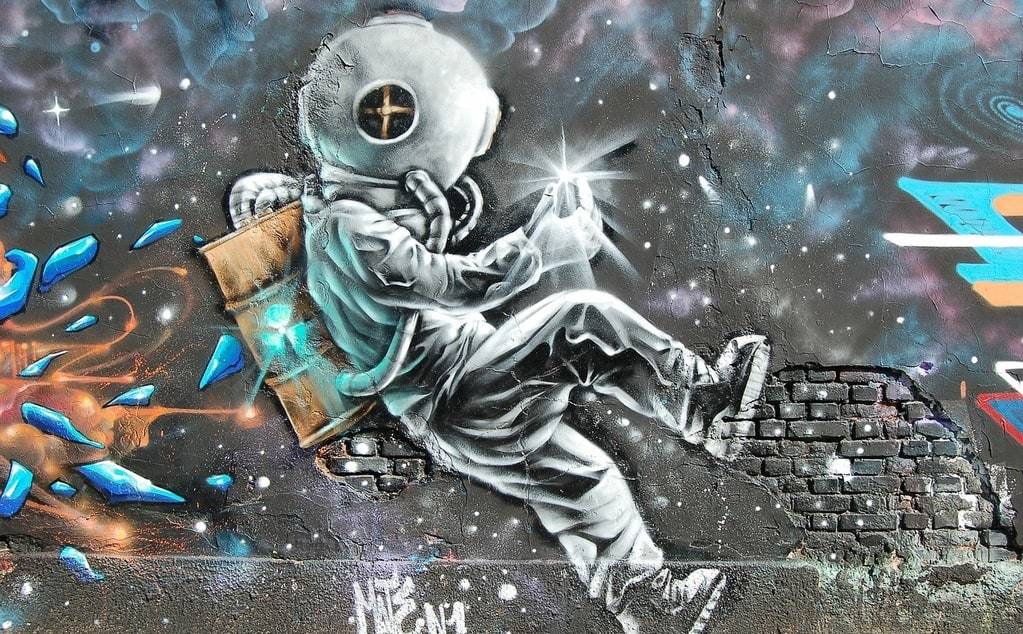Contemporary art is a dynamic and ever-evolving field that constantly redefines itself with new ideas, methods, and perspectives. This exploration of contemporary art movements provides an insightful look into the vibrant and diverse world of modern artistic expression. These movements reflect the changing societal, cultural, and technological landscapes, offering unique insights into the human experience.
Understanding the Evolution of Contemporary Art Movements
Contemporary art movements have roots in the latter half of the 20th century, a period marked by rapid social change and technological advancements. These movements break away from traditional artistic norms, embracing a wide range of mediums, techniques, and concepts. Artists today draw inspiration from a myriad of sources, challenging viewers to rethink their perceptions and engage with art on a deeper level.
One of the defining characteristics of contemporary art is its interdisciplinary nature. Artists often blend various forms of media, from painting and sculpture to digital art and performance. This fusion of disciplines allows for a more comprehensive exploration of themes such as identity, politics, and technology. Contemporary art serves as a mirror to society, reflecting its complexities and nuances.
Another significant aspect is the global nature of contemporary art. With the advent of the internet and increased global connectivity, artists from different parts of the world can collaborate and share their work more easily. This has led to a rich tapestry of artistic expression that transcends geographical and cultural boundaries.

Key Contemporary Art Movements
Several key movements define the contemporary art landscape, each contributing uniquely to the overall tapestry of modern art. Here are some of the most influential contemporary art movements:
- Abstract Expressionism: emerging in the 1940s and 1950s, this movement is characterized by its emphasis on spontaneous, automatic, or subconscious creation. Artists like Jackson Pollock and Mark Rothko are notable figures.
- Pop Art: popularized in the 1960s, this movement uses imagery from popular culture and mass media. Andy Warhol and Roy Lichtenstein are prominent artists associated with Pop Art.
- Minimalism: focusing on simplicity and objectivity, Minimalism emerged in the late 1950s. It is known for its use of simple geometric shapes and a limited color palette. Artists such as Donald Judd and Agnes Martin are key figures in this movement.
- Conceptual Art: in this movement, the idea or concept behind the work takes precedence over traditional aesthetic and material concerns. Sol LeWitt and Yoko Ono are influential conceptual artists.
- Street Art: this movement has its roots in graffiti culture and has evolved into a globally recognized form of contemporary art. Banksy and Jean-Michel Basquiat are notable artists in this genre.
Impact of Technology on Contemporary Art
The advent of digital technology has profoundly impacted contemporary art. Digital art, virtual reality, and augmented reality are now integral parts of the contemporary art scene. Artists use these technologies to create immersive experiences that engage viewers in new and exciting ways.
Digital platforms also allow for greater accessibility and dissemination of art. Artists can now reach global audiences through social media, online galleries, and virtual exhibitions. This democratization of art distribution has enabled more artists to share their work and connect with a broader audience.
Technology has also facilitated new forms of artistic collaboration. Artists from different parts of the world can work together in real-time, sharing ideas and creating art that reflects a diverse range of perspectives. This interconnectedness has led to a more inclusive and diverse art world.
Environmental Themes in Contemporary Art
Environmental concerns have become a significant theme in contemporary art. Artists are increasingly using their work to highlight issues such as climate change, pollution, and sustainability. Art has the power to raise awareness and inspire action on these critical issues.
Artists like Olafur Eliasson and Maya Lin create works that draw attention to the fragility of the natural world and the urgent need for environmental stewardship. Through their art, they encourage viewers to reflect on their relationship with nature and consider their impact on the environment.
Environmental art often involves the use of natural materials and sustainable practices. This not only reduces the ecological footprint of the artwork but also reinforces the message of sustainability. By integrating environmental themes into their work, contemporary artists contribute to the global dialogue on ecological issues.
The Future of Contemporary Art
The future of contemporary art is filled with exciting possibilities. As society continues to evolve, so too will the themes and methods explored by artists. Emerging technologies, such as artificial intelligence and biotechnology, are likely to play an increasingly important role in the creation and interpretation of art.
Artists will continue to push the boundaries of traditional art forms, exploring new mediums and techniques. This constant innovation ensures that contemporary art remains a vibrant and dynamic field, capable of addressing the ever-changing concerns and interests of society.
The ongoing dialogue between art and society will shape the future of contemporary art. As artists respond to global challenges and cultural shifts, their work will continue to inspire, provoke, and engage audiences around the world. The future of contemporary art promises to be as diverse and dynamic as the world it reflects.
